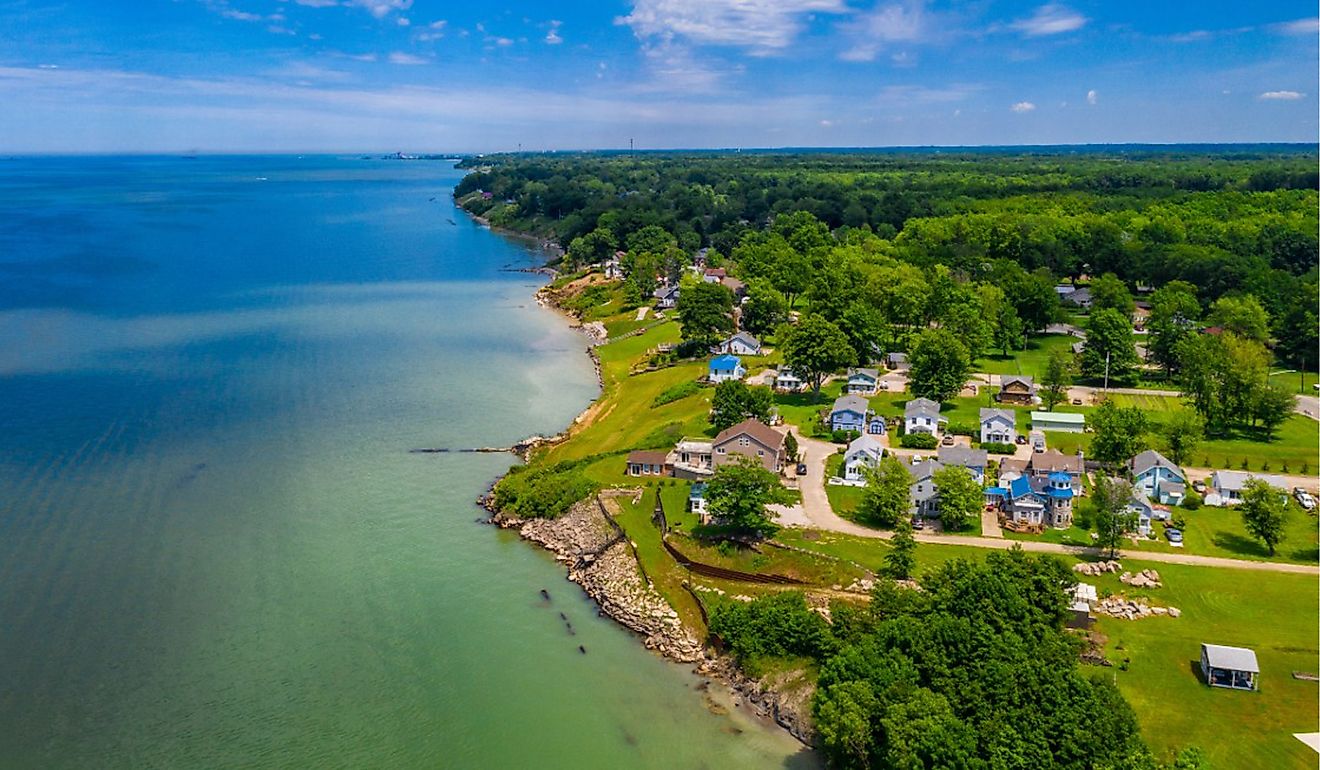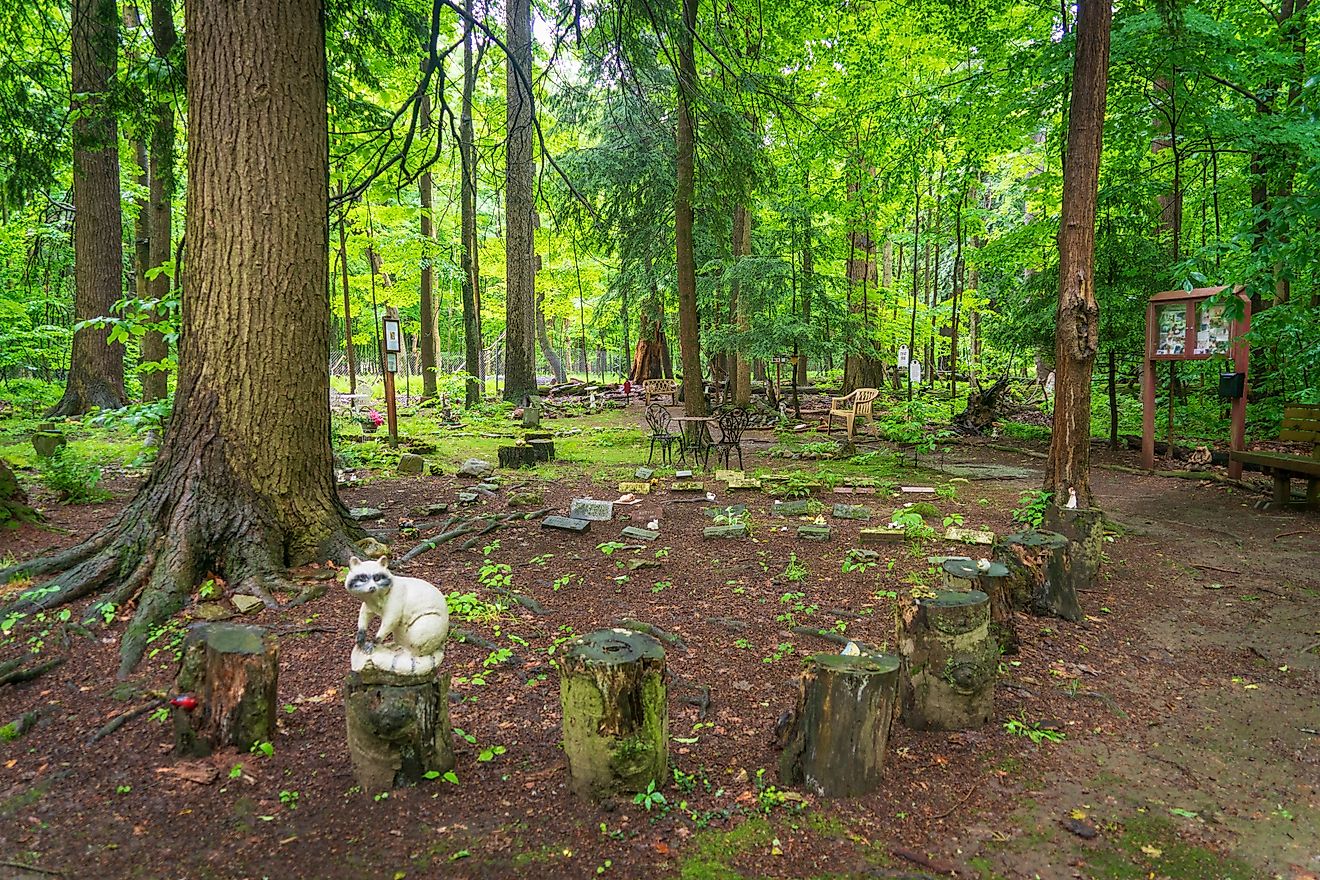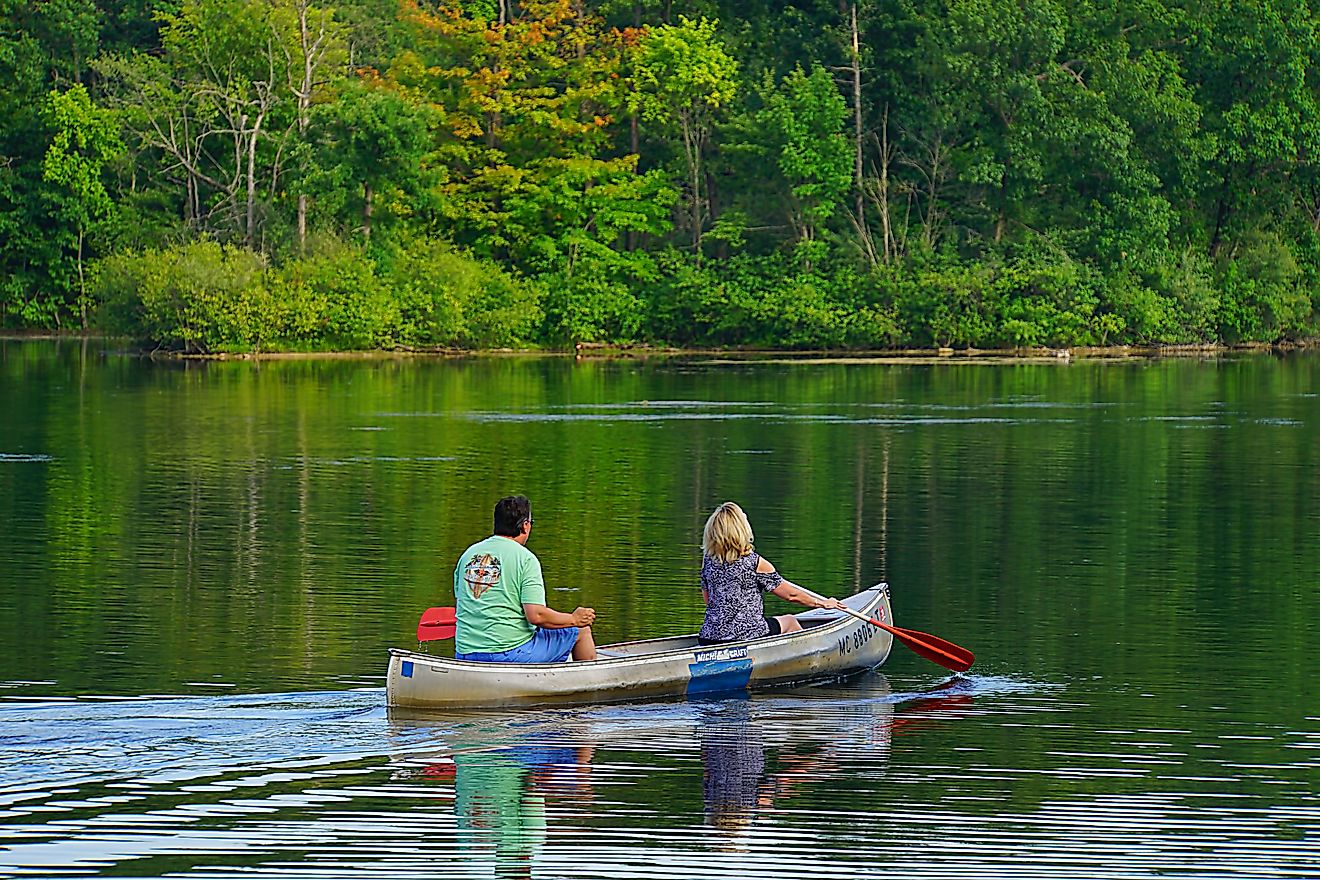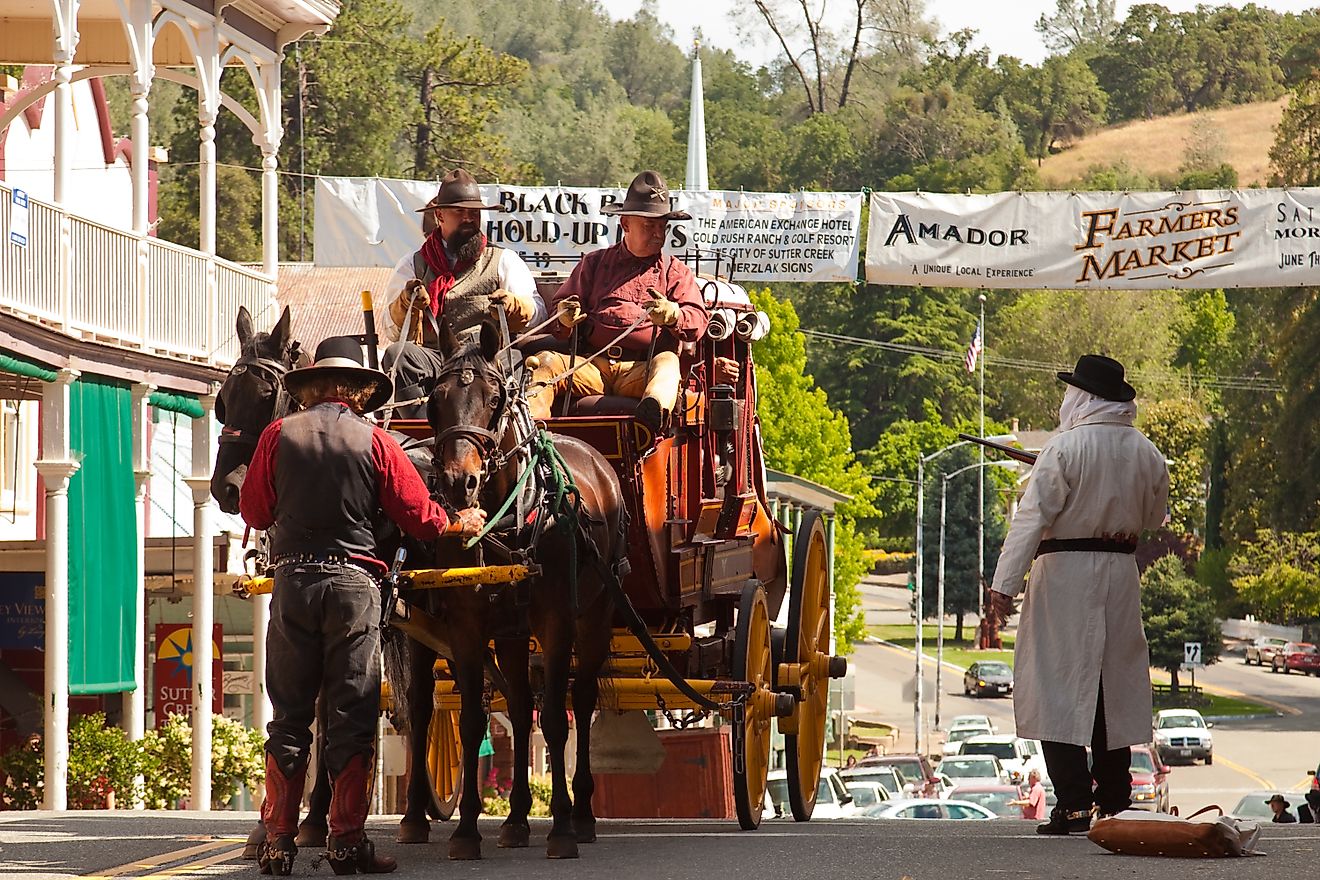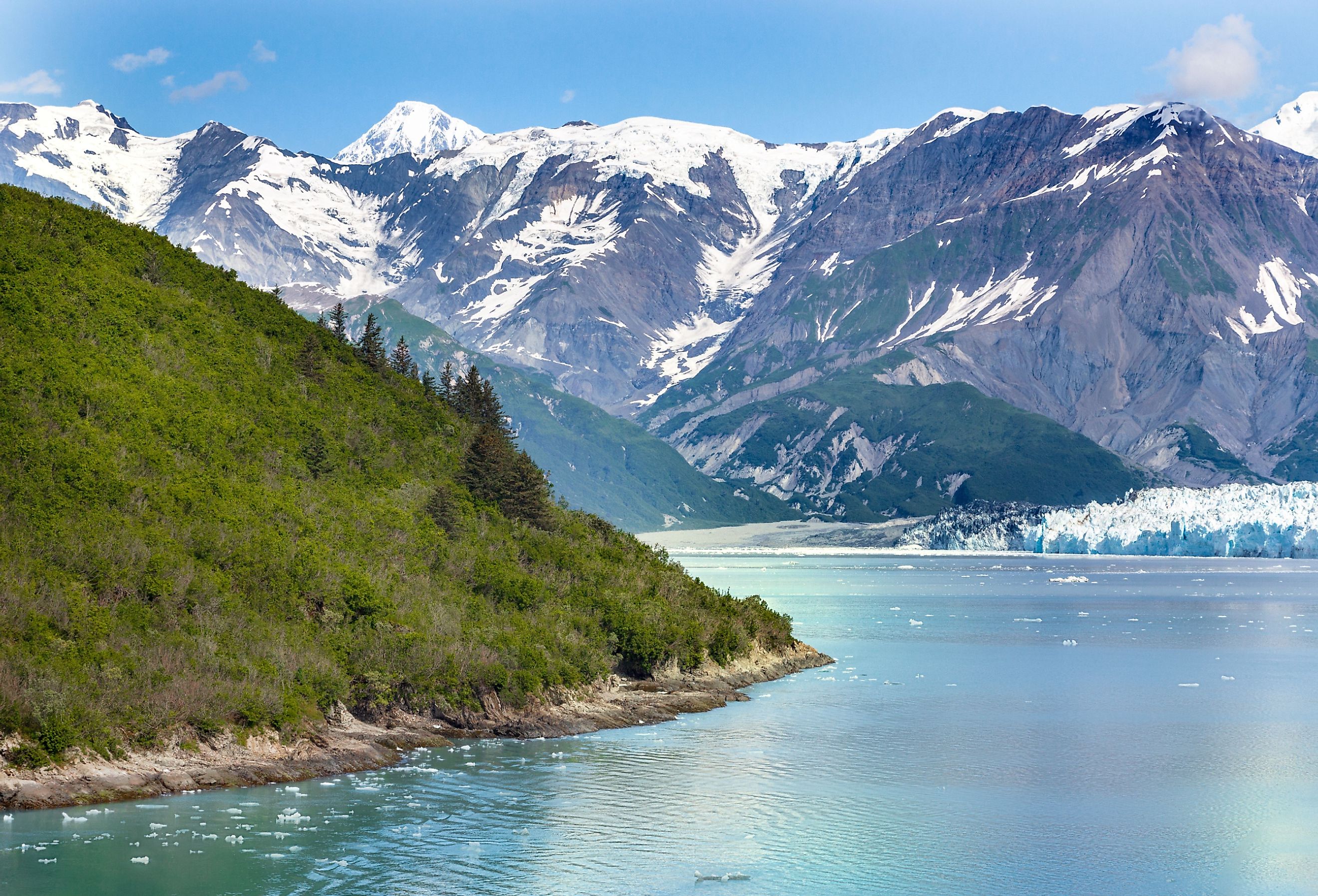
Tatshenshini-Alsek Provincial Park
Tatshenshini-Alsek Provincial Park is a stunning wilderness area in the northwestern region of British Columbia, Canada. The park spans approximately one million hectares and is home to grizzly bears, untamed rivers, glacier-covered summits, and rare plant ecosystems. Visitors to the park can enjoy various outdoor activities, including hiking, camping, fishing, kayaking, and exploring wildlife. There are a lot of well-maintained hiking paths in the park, ranging from short strolls to multi-day backpacking excursions. Tatshenshini-Alsek Provincial Park is certain to make an impression, whether seeking a serene getaway in the wilderness or a thrill-filled adventure.
Where Is Tatshenshini-Alsek Provincial Park
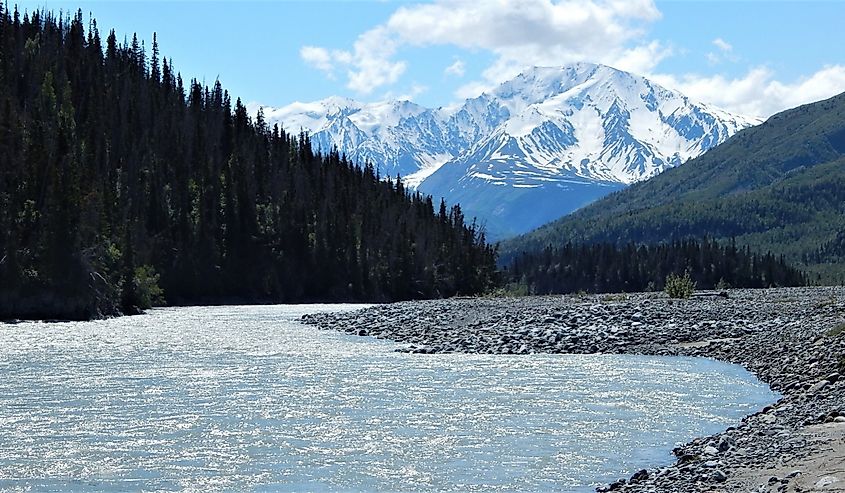
Tatshenshini-Alsek Park spreads out in the extreme northwest of British Columbia and borders the Canadian Yukon Territory and the American Alaska State. The park lies between Glacier Bay and Wrangell-St. Elias National Parks and Kluane National Park. These parks together form the biggest protected area in the world. UNESCO recognized Tatshenshini-Alsek Park as World Heritage Site in 1994.
Tatshenshini-Alsek Park is truly wild; there are no easy paths or roads to get there. Typically, visitors to the park travel to Whitehorse, in the Yukon Territory, by plane or car. Many tourists travel by rafting two major rivers – the Tatshenshini and the Alsek. The park draws a growing number of visitors who, despite its remote location, are ready to explore its spectacular nature.
The Geography Of Tatshenshini-Alsek Park
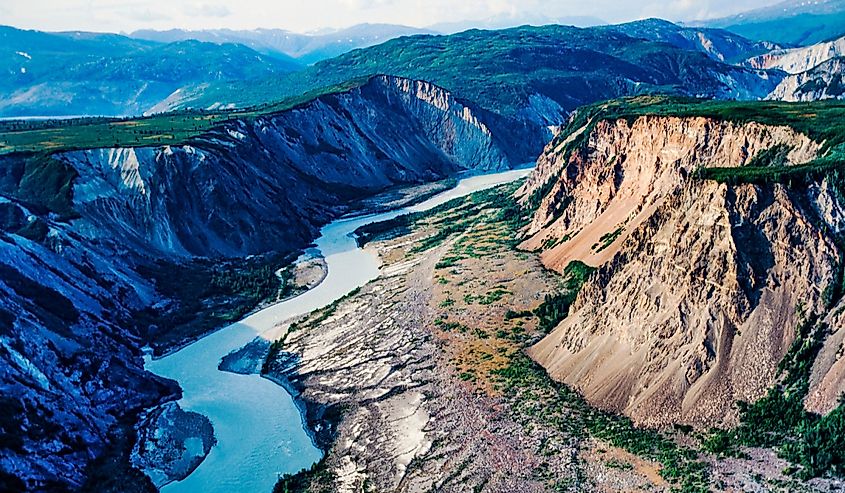
Towering peaks, enormous glaciers, immaculate rivers, and lush forests define Tatshenshini-Alsek Park's geography. The park is home to one of the most impressive river systems on the planet. Most of what makes the area unique are the Alsek and Tatshenshini rivers. They have created a significant passageway through the mountain ranges along the coast, allowing cool, humid, ocean air to enter the frigid interior.
Mountains form a significant portion of the park's landscape. The Coast Mountains are known for their rough peaks, cliffy terrain, and wide valleys. Mount Fairweather, the park's tallest peak, rises an astounding 15,300 feet above sea level. The Tatshenshini-Alsek Provincial Park is also home to several of the world's largest glaciers, including the Alsek, Grand Plateau, and Lowell glaciers.
Wildlife In Tatshenshini-Alsek Park
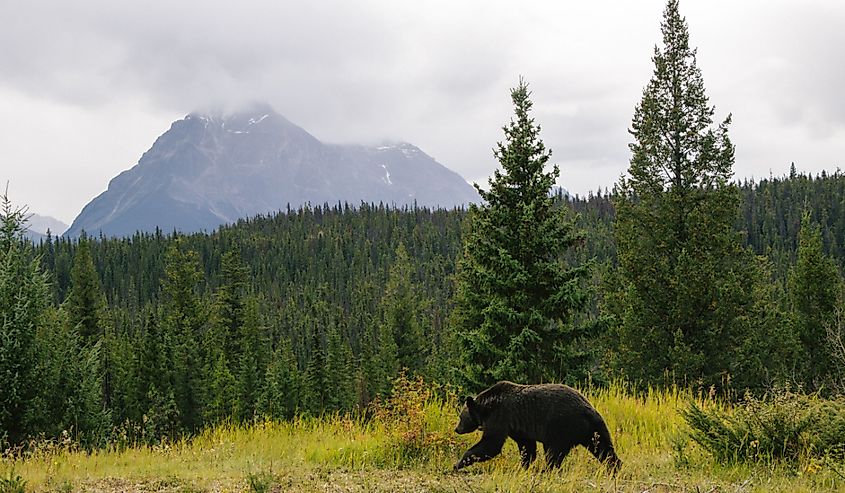
The Tatshenshini's incredible geography, climate, and vegetation have given rise to an unusual diversity of animal species. The park is home to big animals such as grizzly bears, moose, and wolves, as well as smaller mammals such as beavers and otters. There are grizzly bears all across the area, but they are most common along the rivers while the salmon are migrating. Nearly every day, the majority of river visitors witness bears or bear tracks. Other animals visitors can meet here include Dall's sheep, mountain goats, Kenai moose; sea lions, and humpback whales along the coastline. Additionally, the park serves as a crucial breeding gound for migrating species like ospreys, peregrine falcons, and golden eagles.
History of Tatshenshini-Alsek Park
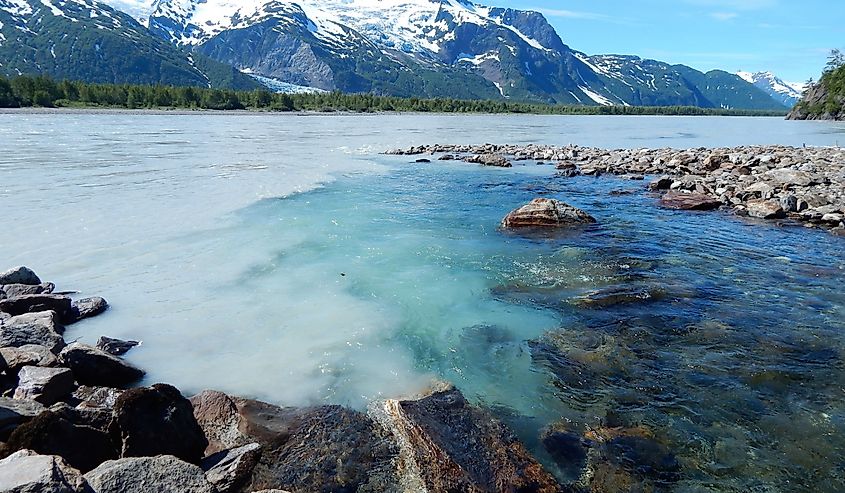
The Tatshenshini-Alsek Provincial Park has a long and rich cultural history. Several First Nations people, like the Tlingit and Southern Tutchone, have resided in the park for many years. These people established fishing communities by the rivers, where they relied on the rich fauna and natural resources. A catastrophic flood occurred in the middle of the 19th century as a result of a sudden failure of a natural dam on the Alsek River. A wall of water at Dry Bay swept away a Tutchone settlement, killing every person who lived there.
Prospectors came to the area in the late 1800s in quest of gold and other lucrative minerals. The construction of the Alaska Highway in the 1940s brought increased traffic and development to the area. Concerns about the effects of resource extraction on the ecosystem sparked a push to safeguard the area. After years of negotiations, Indigenous groups, the government, and environmental organizations recognized Tatshenshini-Alsek Park as a protected area in 1993.
Major Trails of Tatshenshini-Alsek Park
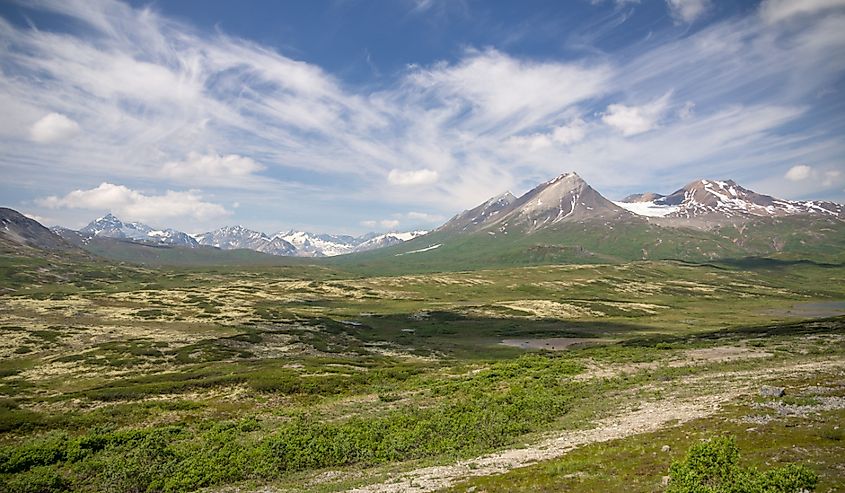
Hikers, backpackers, and mountain bikers have access to the park via two designated entries along the Haines Highway (Hwys. 3 and 7), reached from either the Yukon or Alaska. For the most part, there are not many paths in the park forcing visitors to create their own! Regarding river rafting and kayaking, these opportunities require a permit. The exception is for non-commercial trips in the upper Tatshenshini River's flat water from Mosquito Flats to the Yukon Territory.
Chuck Creek Trail
The Chuck Creek trail is the only officially recognized and maintained route in Tatshenshini-Alsek. It follows a former mine road through a sizable sub-alpine valley and offers breathtaking mountain views in all directions. This trail is quite challenging and takes an average of 5 hours and 29 minutes to accomplish it. However, the nature there is worth the trek! Shortly after crossing Clear Creek at the 4-mile (7-km) mark, the trail offers the best views of the Samuel Glacier.
Parton River Trail
The Parton River Trail starts slightly south of Stanley Creek. From Highway 7, a road leads to the trailhead on the Tatshenshini River towards the west. Visitors should note that there is no signage at the beginning of the hike/bike, or any place along this abandoned access route, and it is not kept up. The trail is rated as moderate in difficulty, with some steep sections and river crossings. The Parton River Trail is quite a challenging, yet rewarding, hiking experience in the heart of the Canadian wilderness.
Conclusion
Tatshenshini-Alsek Provincial Park is a must-visit destination for nature lovers and outdoor enthusiasts. This park offers visitors an experience they will never forget thanks to its breathtaking natural beauty, rich cultural history, and plenty of species. Rivers, mountains, woods, and glaciers all contribute to the park's distinctive characteristics and make it a must-visit location for anybody interested in seeing the natural splendor of Canada's wilderness areas.
